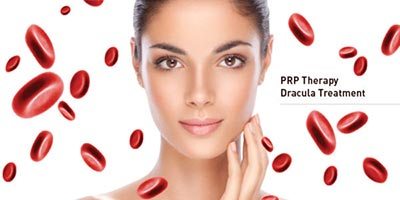What is PRP?

PRP is an advanced skin rejuvenation treatment that uses PRP (Platelet-Rich Plasma) to reduce wrinkles, lines, folds and other visible signs of aging. PRP is found in your own blood, and is what helps wounds and injuries heal. When hyper-concentrated via centrifuge and injected or applied topically into or on the skin areas of wrinkles and other imperfections, it boosts collagen production to add volume to those areas creating a smoother look and feel. While it is most often used on the face, it can treat other areas of the body that tend to show age more than others. Another benefit is that applying PRP to any area of skin damage will result in dramatically faster healing time.
Benefits of PRP
PRP used on the faces uses plasma in the blood as a catalyst to correct skin imperfections such as wrinkles and sagging skin. They also offer the following benefits that make them more and more popular:
- Fast treatments
- No downtime or recovery
- Long-lasting results
- No risk for adverse outcome
- Use your own body’s resources to heal
How is PRP Performed?
With PRP facials, the patient’s own blood plasma is used for the treatment. This is typically done by retrieving a small amount of blood from the arm. That blood is spun in a centrifuge to separate the PRP from the blood. That PRP is then placed in a vial so that it can be injected over the tiny holes created with microneedling. Once the PRP penetrates the deep layers of skin, it signals a boost in collagen and elastin, which creates added volume and leaves the skin smoother and healthier looking for an extended period of time.
PRP can take anywhere between 30 minutes and an hour depending on the area to be treated and how the treatment is applied and performed. While it is virtually painless, if necessary, a numbing cream is usually applied to ease any anxiety and discomfort.








